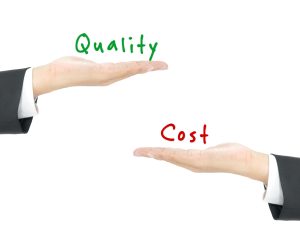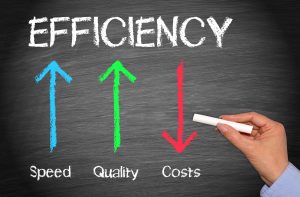
The Point
“Corporate Legal”. For decades this phrase has referred to people who have been formally trained and experienced in only one discipline: law. And these people have had just one function: advice and representation on how statutes and regulations — and the courts and government agencies that apply them — could constrain a company’s actions and assets.
Under this traditional view, greater demands on the company from the legal system simply call for … more attorneys. This is how most attorneys in-house and in law firms still view law function capacity.
But Legal can’t keep pace with the legal system’s skyrocketing demands without scaling that capacity. And such scaling demands skills beyond those acquired in Juris Doctor programs and preparing for bar exams.
 Managing Legal
Managing Legal






